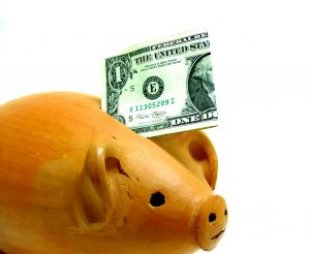
By Yolander Prinzel
I don’t know about you, but I’ve got to track all of my outstanding invoices for a couple of reasons:
1. I like to know when, and if, a client has paid me.
2. I like to know whether, and how well, I’ll be able to eat next month.
I send all of my emailable invoices through Paypal. I do this because I’ve found that it makes people pay me faster. It’s easy, they get an emailed invoice with a button that says something like, “Pay Your Awesome Writer Now!” They click the button and I go get donuts. Oh, wait, is Catherine reading this? Crap…did I say donuts? Um…I meant carrots. Yeah…I buy carrots. Anyway, I like Paypal because the system also lets me know if an invoice is outstanding–but that’s not exactly enough for this OCD chick.
I also keep a simple Excel spreadsheet, which you can download here: Payment Tracker. It’s a simple sheet, nothing fancy. It does help me to see what money I’m making this month and whether or not I need to amp up my game to pay for my addiction to surf and turf as well as whether or not all my outstanding invoices have been paid.
Yolander Prinzel, ACS is a financial writer as well as a series 7, 66 and 2-15 licensed financial representative with a decade of industry experience. She was the National Director of Marketing and the Director of Operations for The Compass Agency USA and has also been a trader for Raymond James Financial Services. None of her posts are meant to be advisory. Only an advisor with close, personal knowledge of your financial situation can offer advice. You can get her new e-book You’ve Found Your Specialty–Now What? Tips and Tricks to Finding and Scoring Clients and Making a Living Writing What You Know here for just $7.95.






